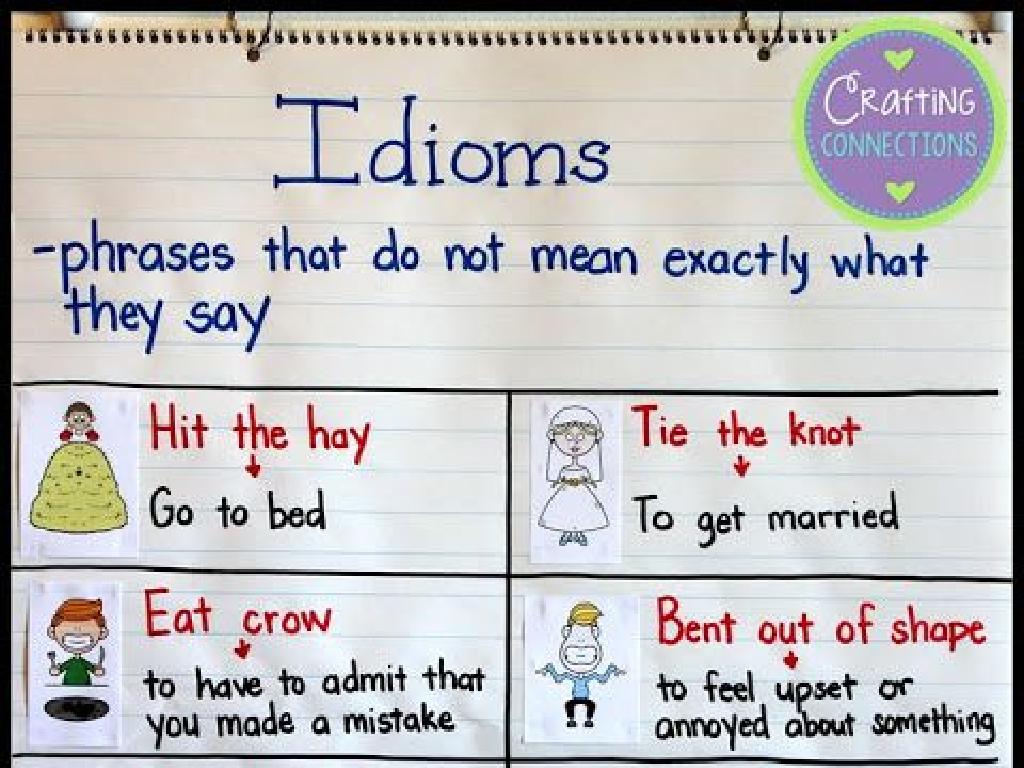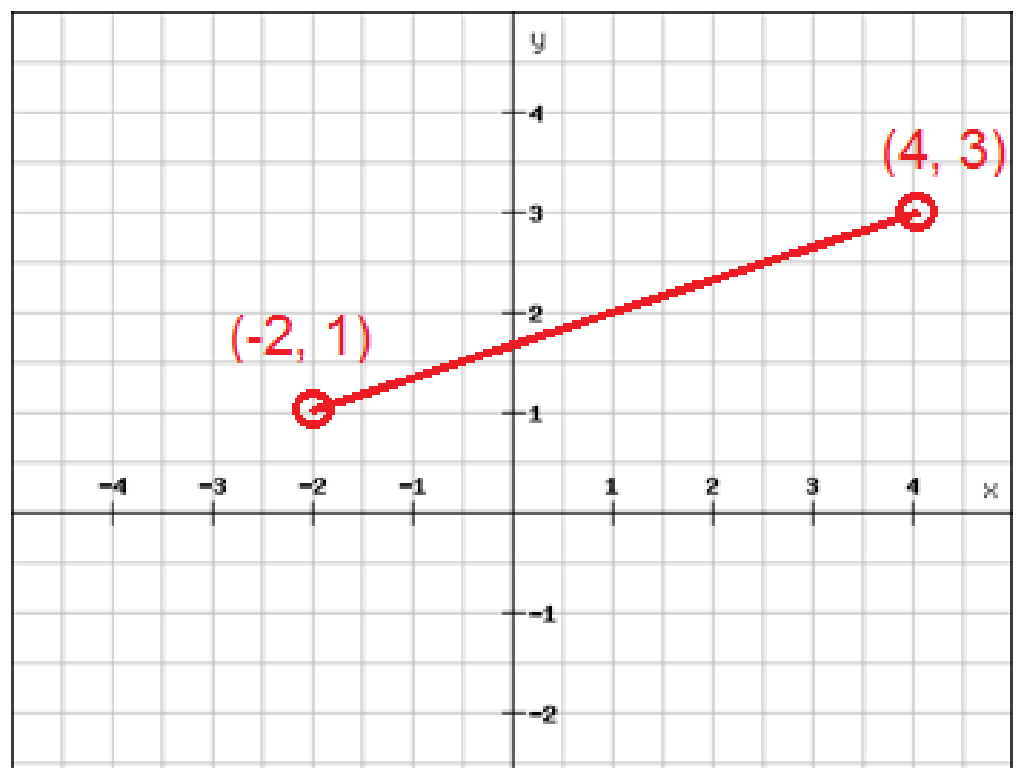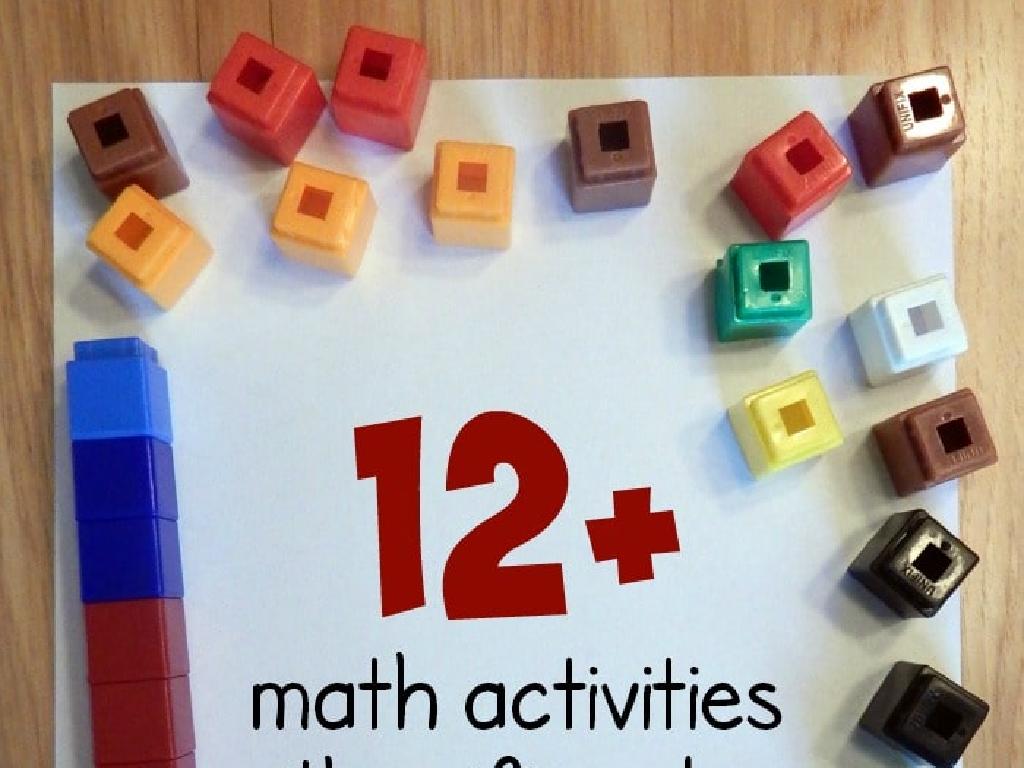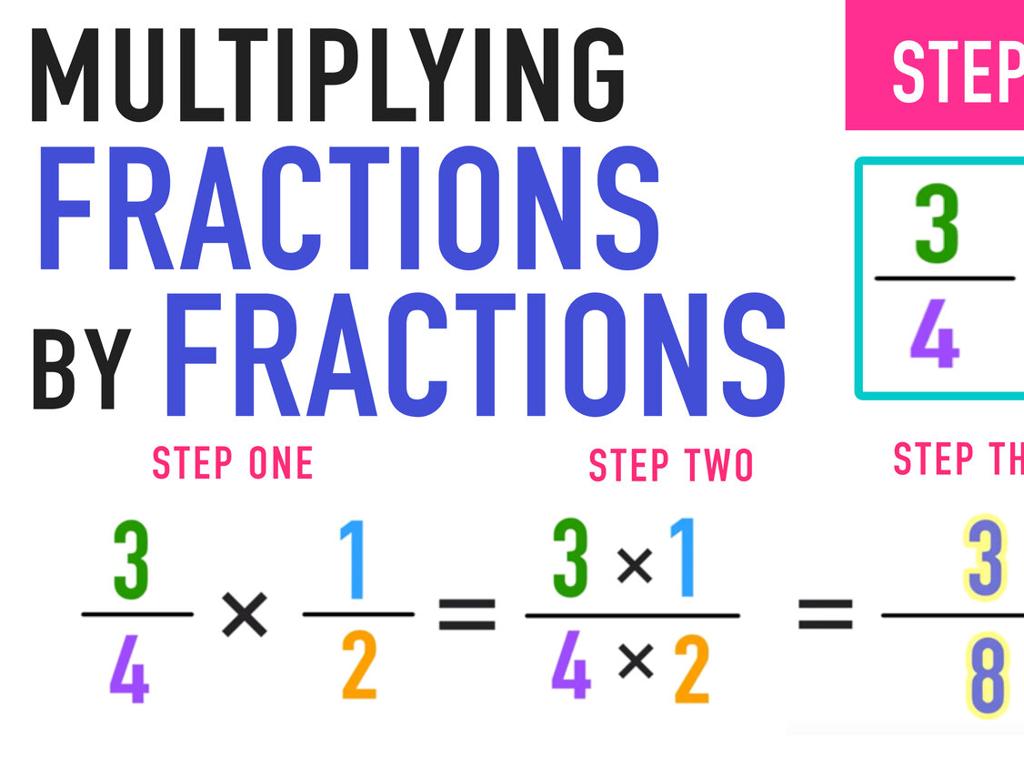Select Parts Of A Topographic Map
Subject: Science
Grade: Eighth grade
Topic: Topographic Maps
Please LOG IN to download the presentation. Access is available to registered users only.
View More Content
Exploring Topographic Maps
– Earth’s surface representation
– Shows elevation, terrain with contour lines
– Defining topographic maps
– A detailed map showing ground relief, elevation, and landforms
– Topographic maps’ significance
– Essential for planning in geography, engineering, and architecture
– Practical applications
– Used in hiking, urban planning, and resource management
|
This slide introduces students to the concept of topographic maps, which are crucial tools for understanding the physical aspects of the Earth’s surface. Begin by explaining how these maps represent various features such as elevation and terrain through the use of contour lines. Emphasize the importance of topographic maps in various fields, including geography, engineering, and architecture, for planning and decision-making purposes. Discuss how these maps are practical in everyday applications such as hiking, urban development, and managing natural resources. Encourage students to think about how different professionals might use topographic maps in their work.
Key Features of Topographic Maps
– Understanding map symbols
– Symbols represent physical features like rivers, mountains.
– Interpreting map scale
– Scale shows the ratio of a distance on the map to the actual ground.
– Decoding map colors
– Colors indicate different elevations and terrain types.
– Navigating with topography
|
This slide introduces students to the essential elements of topographic maps, which are crucial for understanding Earth’s surface features. Symbols on these maps are standardized icons representing various physical landforms and man-made structures. The map scale is a key tool for measuring real-world distances, and understanding this concept is vital for accurate map reading. Colors on topographic maps are not just for aesthetics; they serve to differentiate between elevations and types of terrain, such as forests, water bodies, and urban areas. Familiarity with these features enables students to interpret maps effectively and use them for navigation and geographical analysis. Encourage students to bring in examples of topographic maps or use online resources to explore these features in more detail.
Understanding Contour Lines
– Define Contour Lines
– Lines on a map that show elevation, terrain shape
– Contour Intervals Explained
– The vertical space between contour lines
– Identifying Peaks
– Peaks are shown by closed circles, higher elevation inside
– Recognizing Valleys
– Valleys are U-shaped or V-shaped lines, pointing upstream
|
Contour lines are essential elements of topographic maps; they represent the shape and elevation of the terrain. Each line stands for a specific elevation level. The contour interval is the vertical distance or difference in elevation between contour lines. When teaching students to identify peaks, look for closed loops with smaller concentric circles inside, indicating higher elevations. Valleys are indicated by contour lines forming a ‘U’ or ‘V’ shape, with the closed end of the shape pointing towards higher elevation, which is upstream. Encourage students to practice by identifying these features on various topographic maps to gain a better understanding of reading and interpreting the landscape.
Reading Topographic Maps
– Understanding map coordinates
– Coordinates are the map’s GPS; they help locate exact positions.
– Determining water flow direction
– Water flows from high elevation to low, indicated by ‘V’ shapes pointing upstream.
– Identifying map landforms
– Landforms like hills and valleys are shown by patterns of contour lines.
– Interpreting contour lines
|
This slide aims to equip students with the skills to read and interpret topographic maps. Emphasize the importance of map coordinates as a global positioning tool, which are essential for pinpointing locations. Explain how to determine the direction of water flow using contour lines, which is crucial for understanding the geography of an area. Show how different landforms are represented on a map, such as hills, valleys, and plateaus. Use examples of contour lines to illustrate how they depict elevation and the shape of the terrain. Encourage students to practice by looking at various topographic maps and identifying these features.
Elevation & Gradient in Topographic Maps
– How to calculate elevation changes
– Use the difference in height between two points on the map.
– Understanding the concept of gradient
– Gradient measures steepness between two points.
– Significance of gradient in maps
– It indicates the terrain’s slope difficulty.
– Practice gradient calculation
– Example: Calculate gradient from a hill’s base to its peak.
|
This slide aims to teach students how to calculate elevation changes using topographic maps and understand the concept of gradient, which is a measure of how steep a part of the land is. The significance of gradient is crucial for various real-life applications such as construction, hiking, and urban planning. Provide practical examples, such as calculating the gradient of a hill, to help students grasp the concept. Encourage them to use the contour lines on a topographic map to determine elevation changes and calculate gradients accordingly. This will enhance their map-reading skills and their understanding of physical geography.
Human Impact on Topography
– Human activities altering topography
– Examples: construction, mining reshape landscapes
– Urban development: a case study
– Cities expand, affecting natural landforms
– Conservation and topographic maps
– Maps guide environmental preservation efforts
– Balancing development and nature
|
This slide explores the relationship between human activities and topographic changes. Highlight how construction and mining can significantly alter natural landscapes, using specific examples if possible. Discuss urban development as a case study, showing how city expansion impacts the surrounding topography. Emphasize the role of topographic maps in conservation efforts, as they are crucial for planning and maintaining the balance between development and environmental preservation. Encourage students to think critically about how human actions affect the physical world and the importance of responsible planning to mitigate negative impacts.
Class Activity: Create Your Own Contour Map!
– Gather materials: clay, fishing line, ruler, paper, pencil
– Follow step-by-step instructions to build
Shape the clay into a mountain or hill, then slice layers with fishing line
– Create contour lines with fishing line
Each slice represents a contour line; transfer these lines onto paper
– Present and discuss your map with the class
Explain the contour intervals and features of your map
|
This hands-on activity is designed to help students understand the concept of contour lines on topographic maps by creating a physical model. Provide each student or group with the necessary materials. Guide them through the process of molding the clay into a landform and then slicing it horizontally with fishing line at equal intervals to represent different elevation levels. Students will then transfer these lines onto paper to create their own topographic map. Encourage them to label the contour intervals and identify any significant map features. After completing the maps, students will share their work with the class, explaining the process and their understanding of topographic maps. Possible variations of the activity could include creating different types of landforms, using different materials for slicing, or adding water features to the map.






